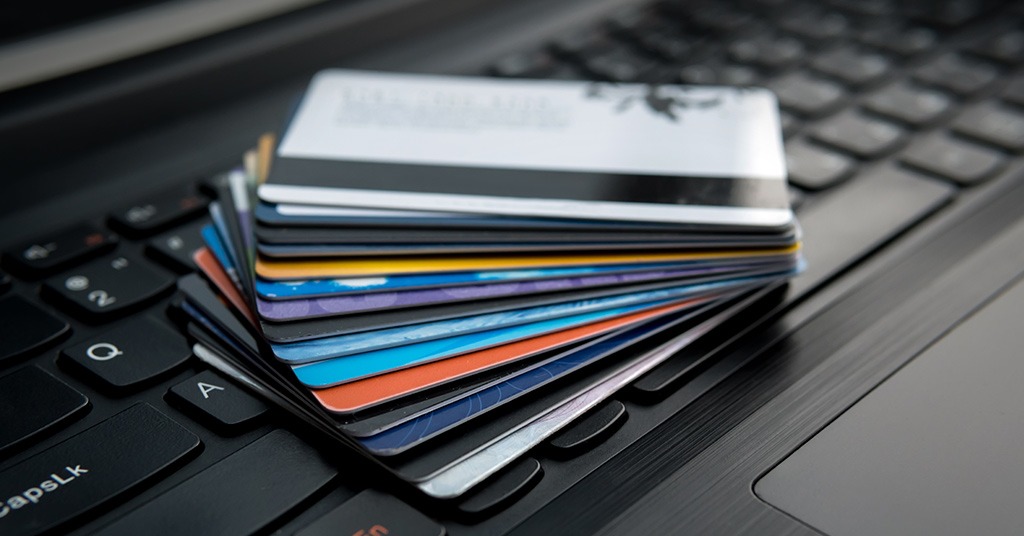How to handle a card declined situation

What to do if a banking card is declined? Source: shutterstock.com
In the 21st century most of us use cashless payments, thus have a banking card. A cashless option is handy and convenient, it operates fast and a cardholder has no need to carry around paper money. However, you can face the problem of the card being declined. You need to know the reasons why it can happen, which error messages you may see when it is happening, and how to handle such an issue.
Major types of declines
Basically, we can distinguish two reasons for banking cards to be declined: soft and hard.
- The first, a soft decline, is a kind of situation when your issuing institution wishes to confirm the legitimacy of the transaction you are trying to carry out, but it has had some technical malfunction, hence the transaction has failed to go through. Usually, it can be handled with just a simple retry. Swipe your card again, enter your PIN, and wait for the result.
- The second reason, the hard decline, is when an issuing institution has declined a transaction you are trying to carry out. Usually, such a situation cannot be resolved as swiftly as the previous one, since there are multiple reasons why your card has been blocked. That’s why there is no point in retrying the transaction; it will not help you to pay for goods and services you have intended to purchase.
Why a banking card can be declined?
- The reaching of an established credit limit
Overexpenditure is one of the major reasons why your payment card can be declined. If we are talking about credit cards, they all have a particular credit limit that can’t be exceeded. Thus, if you do exceed the limit, you would merely receive a notification about it. So, if you face rejection of a transaction, you should check your mail (mobile bank app, if it exists), and then double-check your balance/credit limit/available funds.
- Buying many items from different points of sale
This situation can occur when you have bought many goods (or paid for services) from different retailers. Most card issuing institutions consider it to be fraudulent/suspicious activity and might decline a transaction until the situation is clarified. Once they have ensured the real cardholder is making all these transactions (not crooks that have stolen the card), they will continue to process transactions.
- A transaction sum is big
Many card issuing institutions draw attention to expensive purchases (when the transaction sum is quite big). This situation is rather similar to the previous one. Your card company would need some time to make sure that you are the one who is attempting to spend that much in one go.
- An item/service you try to pay for looks suspicious
Buying behavior patterns differ from customer to customer, and every shopper has their own. A credit card company can classify your purchase if they believe it is “out of your pattern”. In this case, you may need to verify your identity in order to get a transaction approved.
- An expired credit card
This is a kind of cakewalk situation, but still, some cardholders face this issue. Keep in mind the expiry date of your banking card, or at the very least don’t forget to check it regularly.
- A card account was considered to have a fraudulent activity
Your card details could be stolen and used for fraudulent purposes. A card issuing institution can close such an account, so you would have to contact your company and appeal in order to unblock it.
Error notifications/messages
Normally, a declined transaction contains an error message/notification. If you face a decline, don’t be shy to ask what the error notification says, since it may help you to understand what exactly happened.
Most common error messages/notifications:
- “Invalid card number”
Referred to the manual input of the number of a card.
Solution – Don’t worry, and make sure you input the right number.
- “Service not allowed”
It may also happen that the issuing institution you cooperate with can impose constraints on a partnership with particular merchants.
Solution – Contact the issuing institution.
- “Insufficient funds”
An account doesn’t have enough money for the transaction to be carried out.
Solution – Top up your account.
- “Expired card”
The answer is in the name.
Solution – Visit your financial institution to get a new card.
- “Exceeds withdrawal/expenditure/payment limits”
Sometimes a transaction can be declined if you forgot (or haven’t known) that you have withdrawal or expenditure limits set.
Solution – Check the banking app or contact an issuing bank directly and find out whether you have set expenditure, withdrawal, or payment limits.
- “Activity limit exceeded”
Referred to the number of transactions allowed for a particular period of time.
Solution – Contact the issuing institution, or check the activity limit status (for example, in the banking app).
How to handle the situation
- Don’t panic
First and foremost, stay calm. Do not blame the sales clerk if something is going wrong since they are not in charge of your issuing company’s system glitches. If you have realized that the problem is with your card, retry the operation a little later.2.
- Contact your issuing financial institution
The sooner you contact your issuing company, the swifter the problem can be solved. Don’t wait too long and get in touch with the card-issuing firm and be ready to have a constructive dialogue.
- Plan A, plan B
Apparently, there is no reason to carry around tons of cash if you own a credit card, but sometimes it is good to have a “Plan B”. Consider some alternative payment methods.
SEE ALSO:









